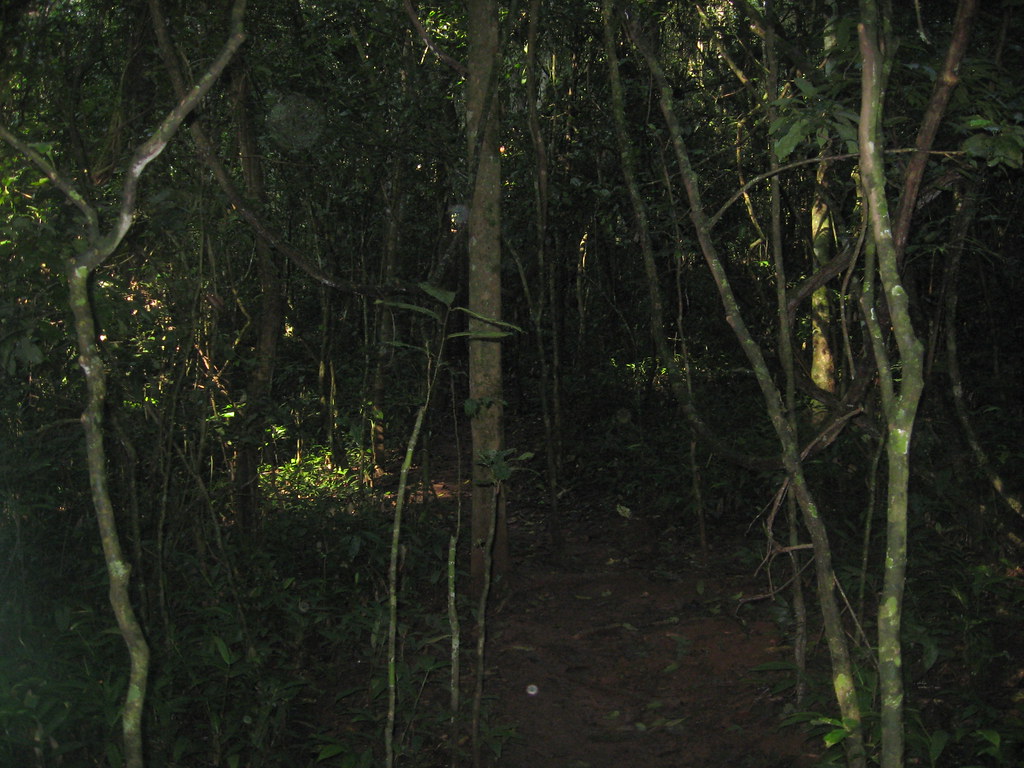
The Kibale Forest
When Kibale Forest was gazetted as a national park, it was a wet forest reserve that continued into Queen Elizabeth National Park along a wildlife corridor that was roughly 180 kilometers long. Later, as a result of the necessity to conserve the environment and the presence of wildlife. In 1993, the forest was designated as a national park. Kibale National Park was created in order to preserve both safari destinations and ecotourism.
Primates have been able to survive after Kibale Forest was turned into Kibale National Park. The park is one of the most popular national parks in the western region of Uganda because it is home to thirteen different species of primates, with chimpanzees being the most fascinating to tourists. Since Kibale National Park is the only national park that has been preserved for the survival of the endangered primates, a discussion on chimpanzees would be incomplete without mentioning it. The park is also home to other primates, such as the blue monkeys, L’Hoest’s monkey, black and white colobus, and red colobus monkeys.
For tourists interested in birding safaris, it is an amazing location for birding activities in addition to the creation of Kibale Forest. The Olive long-tailed cuckoo, the western tinker bird, the grey parrot, the African and Green-breasted bird, and the ground thrush are just a few of the more than 375 bird species that call the forest home.
The forest elephant, leopard, buffalo, giant forest hog, bushbuck, red and blue duiker, warthog, African golden cat, and various mongooses are among the nine globally endangered animal species that may be found in Kibale Forest National Park, a natural setting that is home to more than 70 mammals. Because Queen Elizabeth National Park is adjacent, lions only occasionally visit the park.
Since Kibale National Park was a water-logged reserve, it was created with the intention of conserving wetlands. The most fascinating wetland is the Bigodi wetland, which is next to Kibale National Park and 6 kilometers from the Kanyanchu Park Information Center. It is known for its rich biodiversity, which includes monkey species. A community-based ecological project, Bigodi Swamp/Wetland is overseen by the Kibale Association for Rural and Environmental Development (KAFRED). This organization is in charge of assisting ecotourism businesses in their efforts to guarantee that tourism benefits the nearby communities of Kibale National Park. About 138 different bird species have been identified in the marsh, and specialists claim to see up to 50 new species each day. Grand Blue Turacos, black and white colobuses, red colobus monkeys, blue grey cheeked monkeys, vervet monkeys, red-tailed monkeys, chimpanzees, and L’hoest monkeys are a few of these bird and primate species.
The birders’ paradise is the popular name for this rainforest wetland. Following chimpanzee trekking, a stroll in Bigodi Swamp is typically undertaken. Walking across the marsh with its palm trees and papyrus reeds takes roughly two to three hours. During the trip, you can see thousands of different bird species and roughly five distinct types of primates.
